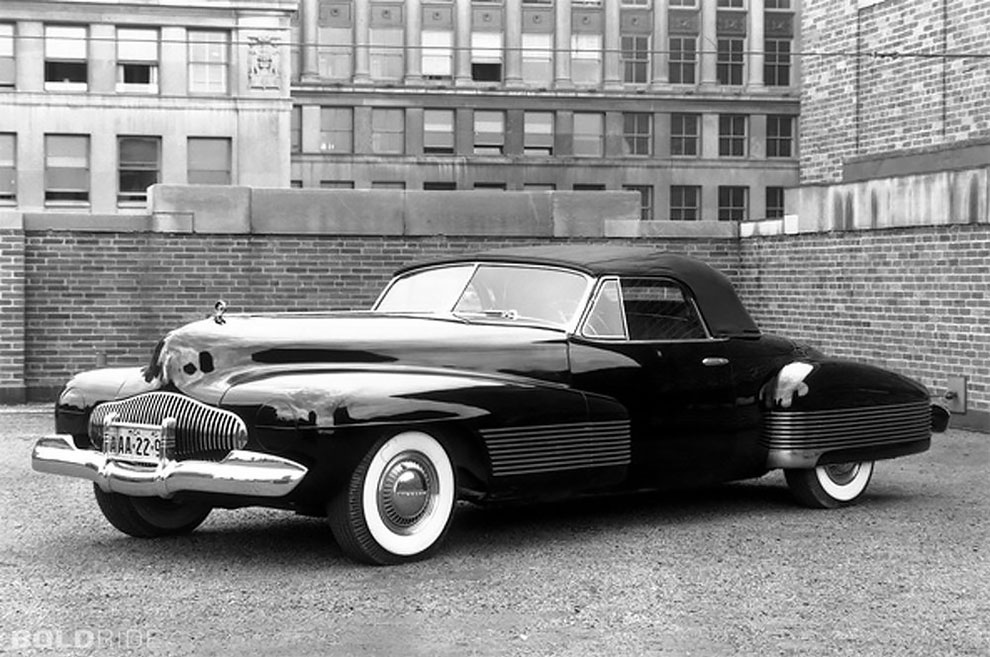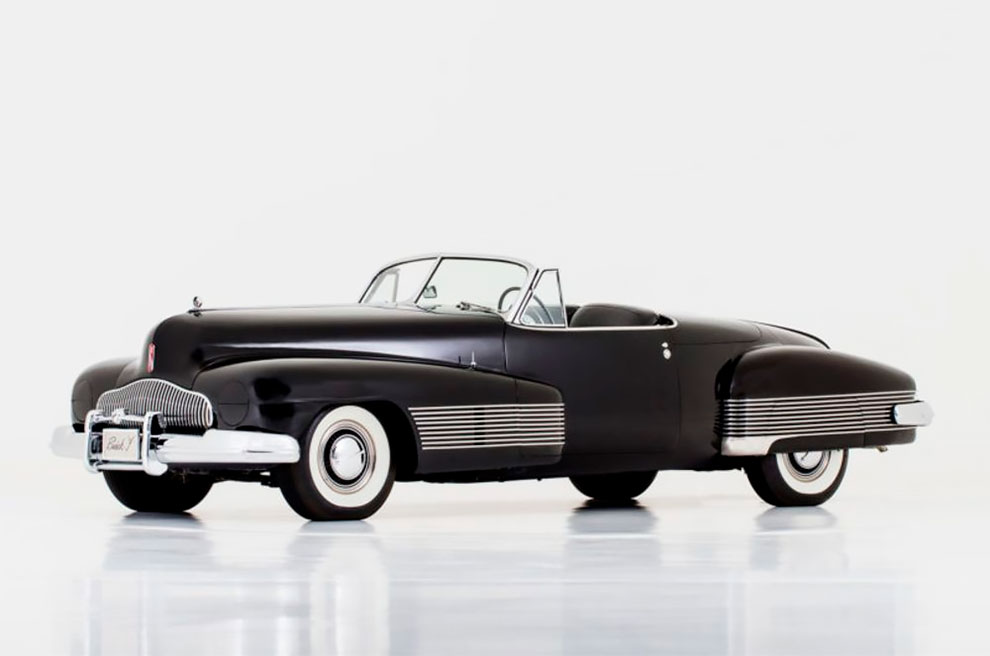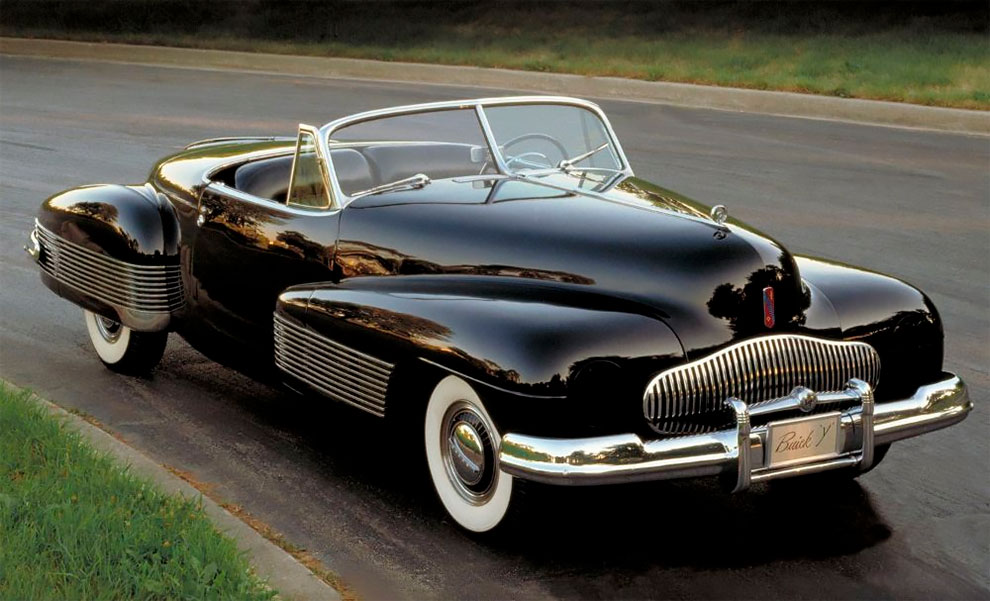1938 Buick Y-Job, the World’s First Concept Car

It’s easy to look at the Harley Earl-designed 1938 Buick Y-Job today and dismiss it as just another neat old car. But put it in the context of 1938, and you’ll realize that it is one of the most radical, influential cars of all time.
h/t: vintag.es

When you look at the Y-Job, you realize it was nothing like that. It was long, low, wide. No back seat. No running boards. 13-inch wheels. Intricate detail work like the grille and chrome along the sides. Not only were the headlights integrated into the fenders, but they were hidden behind doors.
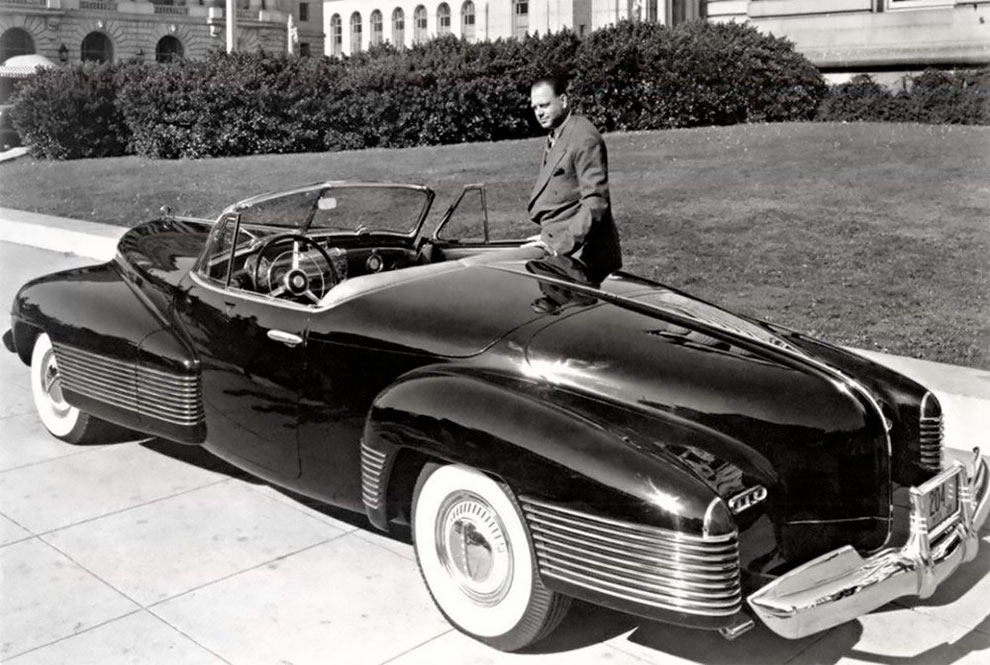
The Y-Job was GM’s first concept car and an icon in the automotive industry. Constructed in 1938 under the direction of Harley J. Earl, GM’s first design chief, the Y-Job made the rounds of the auto show circuit. But the Y-Job was not a turntable queen; Earl regularly drove the low-slung two-seater on the streets of Detroit where its appearance must have seemed as alien as a flying saucer.
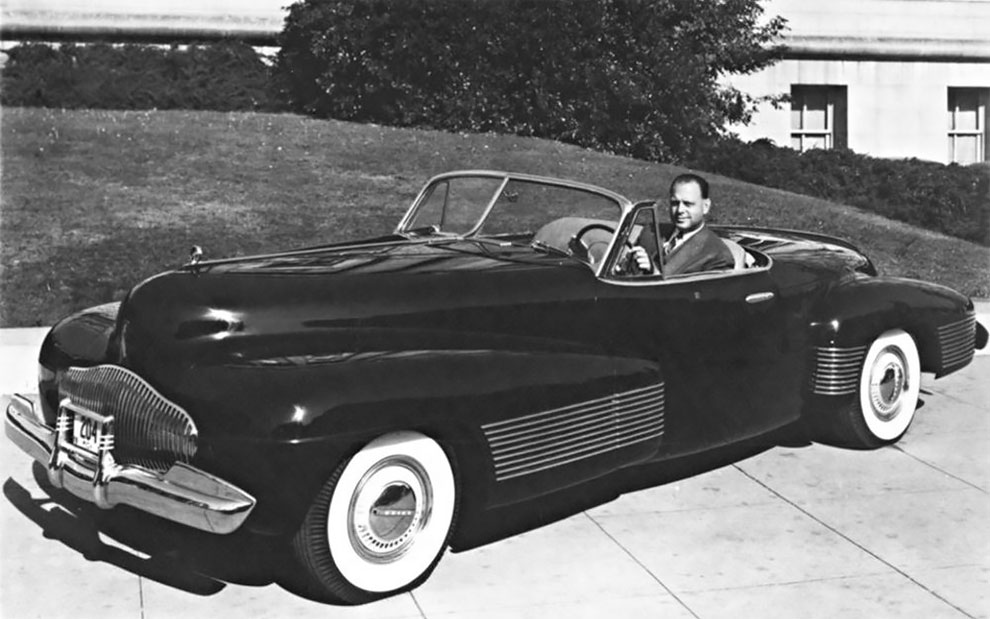
Buick called it “Y” because so many makers dubbed experimental cars “X”. Styling and mechanical features of the “Y Job” showed up on GM products, particularly Buick and Cadillac, throughout the ’40s. Particularly noteworthy is the introduction of a wide horizontal grille with thin vertical bars, which remains a Buick styling feature to this day.

But dream cars, like yesterday’s newspapers, have a short shelf life. The Y-Job’s innovative styling and advanced features soon paled alongside even more futuristic products from GM’s supercharged design staff. The Y-Job was eventually consigned to a warehouse, and later transferred to the Sloan Museum in Flint, Mich. There the Y-Job languished in dusty anonymity – until a burgeoning interest in Detroit’s fanciful dream cars rescued the Y-Job and its descendants from obscurity.
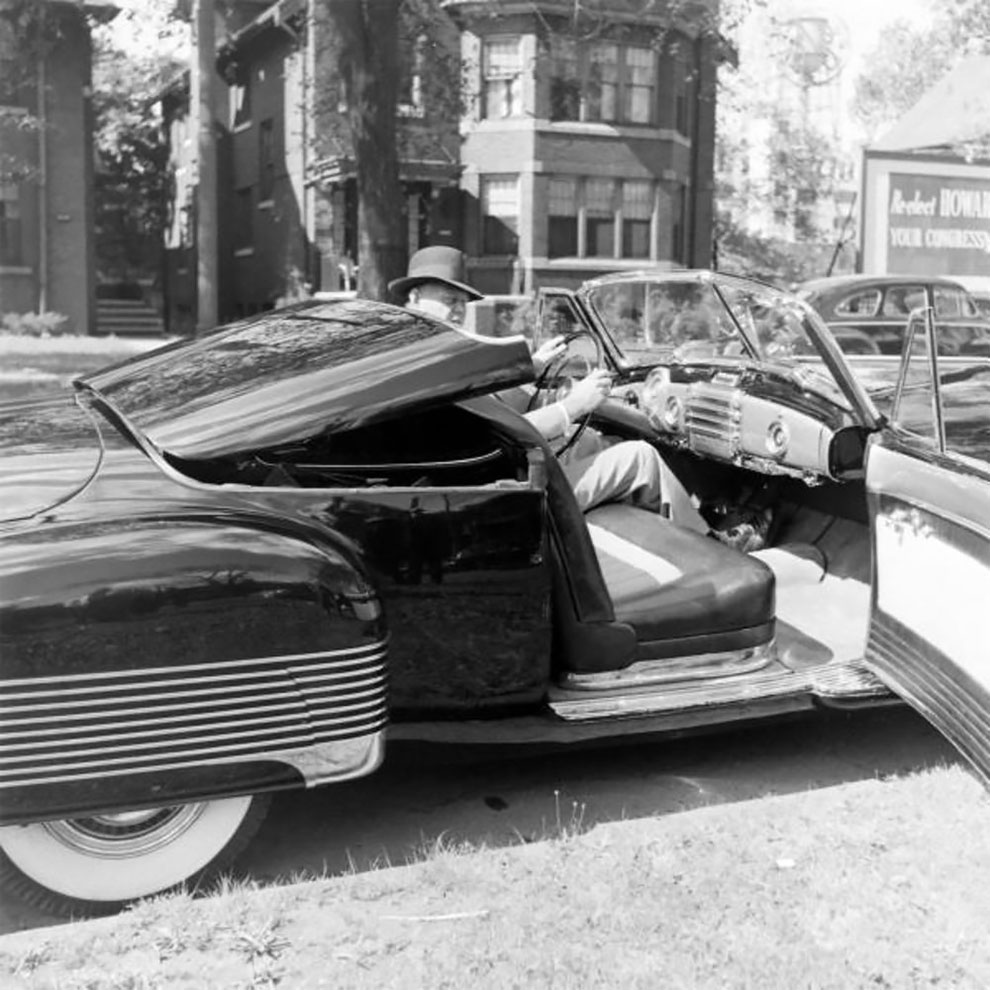
As historians and enthusiasts began to appreciate the significance of these landmark vehicles, the Y-Job was returned to its former glory as the centerpiece of a concept car revival at the Henry Ford Museum in Dearborn, Mich. In 1993, the Y-Job came home to the GM Design Center in Warren, Mich., where it now resides as an honored member of GM’s heritage collection. In 2001, Buick recreated the Y-job with modern advancements called the Buick Blackhawk drawing extensively from the Y-job.
